Saint Rest: Community as the Focus
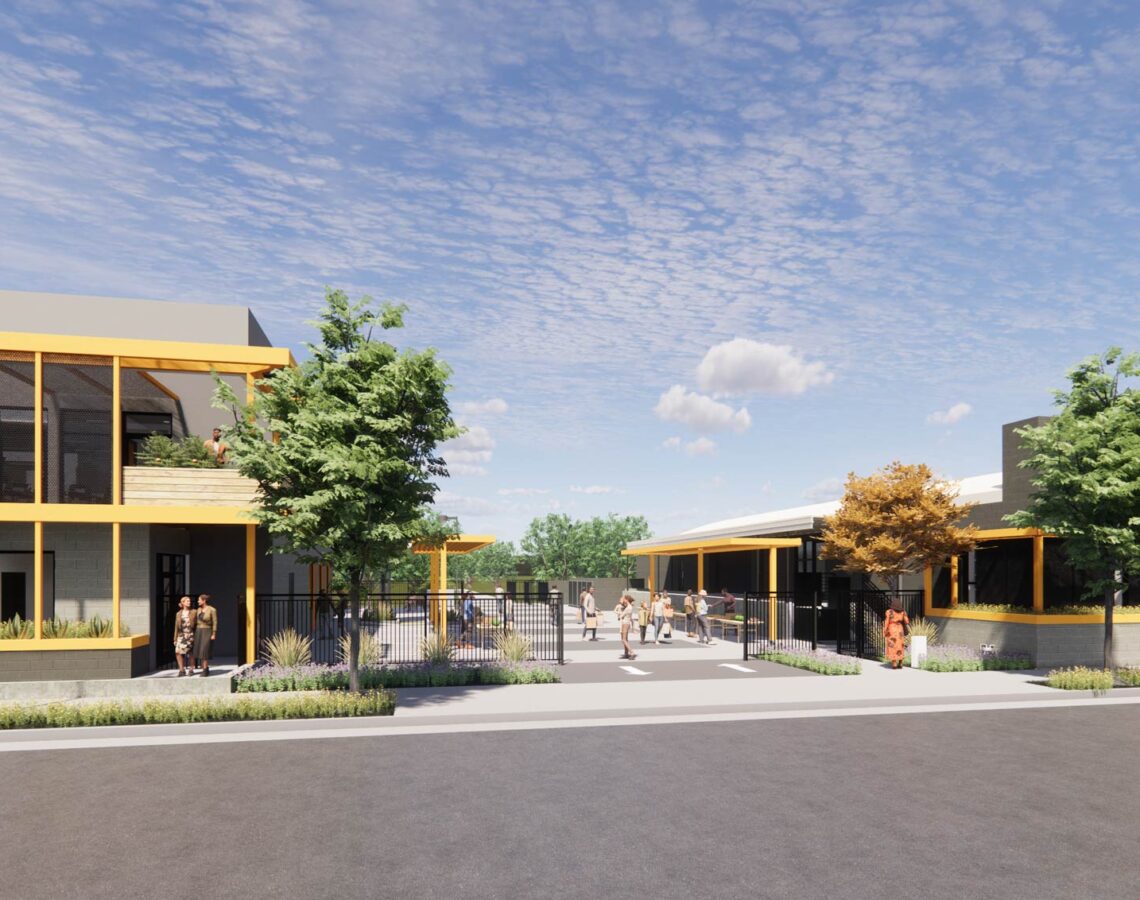
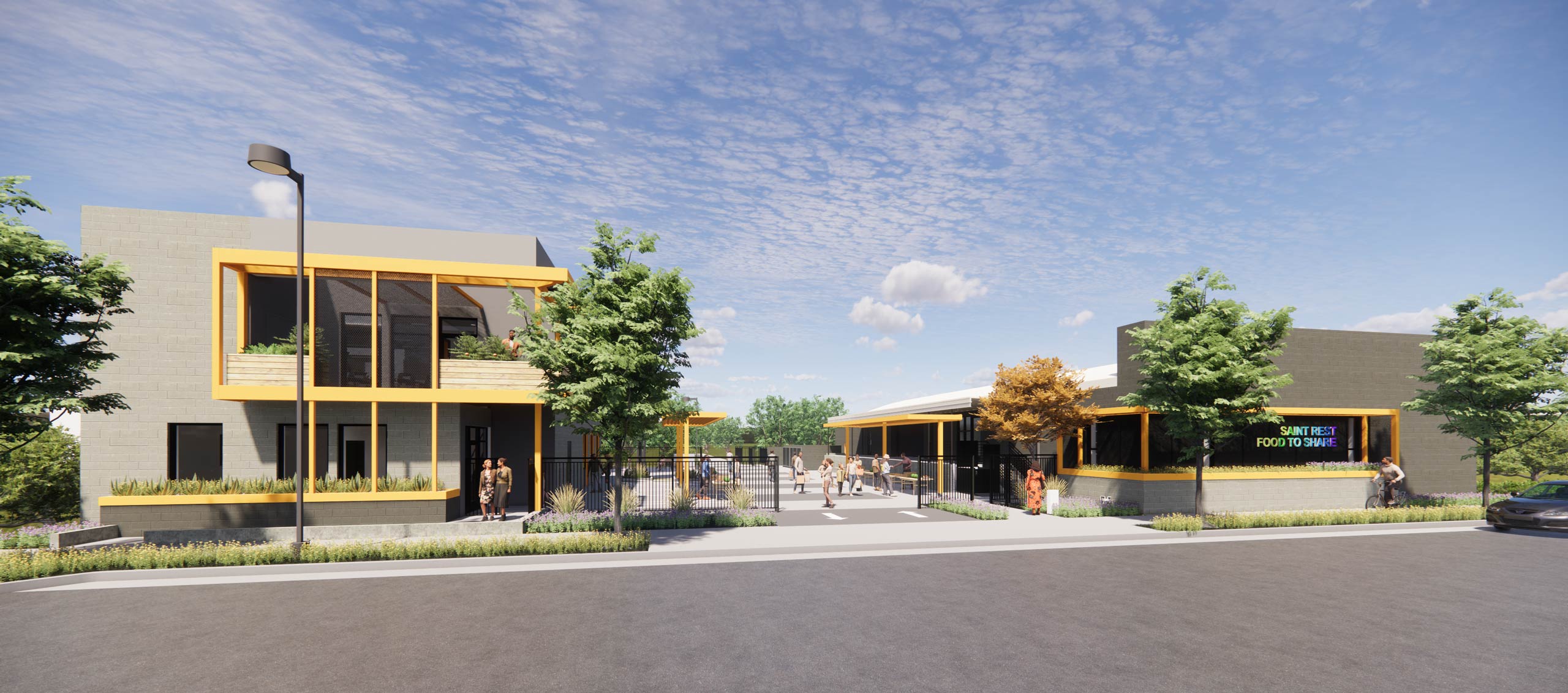
Food Desert In an Agricultural Epicenter
California’s Central Valley feeds the nation. The perfect environment for growing food is found here: an average of 300 days of sun annually and Class I soil, deemed “the best soil there is”. The temperature differential between day and night — about 25 degrees, give or take — is ideal for plants. Winters are mild, and there’s rarely snow. These mild winters are why California can produce abundant, fresh crops throughout the chilliest months. The Central Valley produces a bountiful biodiversity of crops — more than 300 different kinds every year. We supply about 25% of the nation’s fruits, nuts, and other food products: grapes, olives and olive oil. The Valley is the almond capital of the world – you read that correctly, the WORLD – producing almond milk, almond butter and almond flour. The Central Valley has been called “the land of a billion vegetables” by the NY Times (article here).
Ironically, inside this agriculturally wealthy region, many low-income communities struggle with extreme food insecurity. Fresno County experiences the third highest food hardship in the country. Southwest Fresno is home to a rich fabric of diverse cultures, religions and nationalities. With some of the highest concentrated poverty, pollution burdens and chronic disease in the U.S., the neighborhoods along Elm Avenue, in the Southwest Fresno community that adjoins downtown Fresno across Freeway 99, represent a literal food desert. This significant community of 37,000 residents has become accustomed to seeing a liquor store on nearly every other neighborhood corner, and living for decades with little access to healthy foods. When healthy food is available for sale, it is typically very expensive when compared to processed or fast foods. The effects of non exposure to healthy foods on the children of this community can impact them for a lifetime: poor brain development, diminished learning, lowered immunity, and increased infections. On the flipside, a diet rich in healthy foods – the very foods grown in their hometown – can impact skin, teeth, and eye health, muscle development, achieving and maintaining a healthy weight, bone strength, brain development, immunity, and digestive function. The opportunity for healthy food choices is a basic human need. Visionaries Keith Bergthold, former Executive Director of Fresno Metro Ministry and current Metro Strategic Advisor, and Senior Pastor D.J. Criner of St. Rest Baptist Church collaborated to develop a solution to this pressing need.
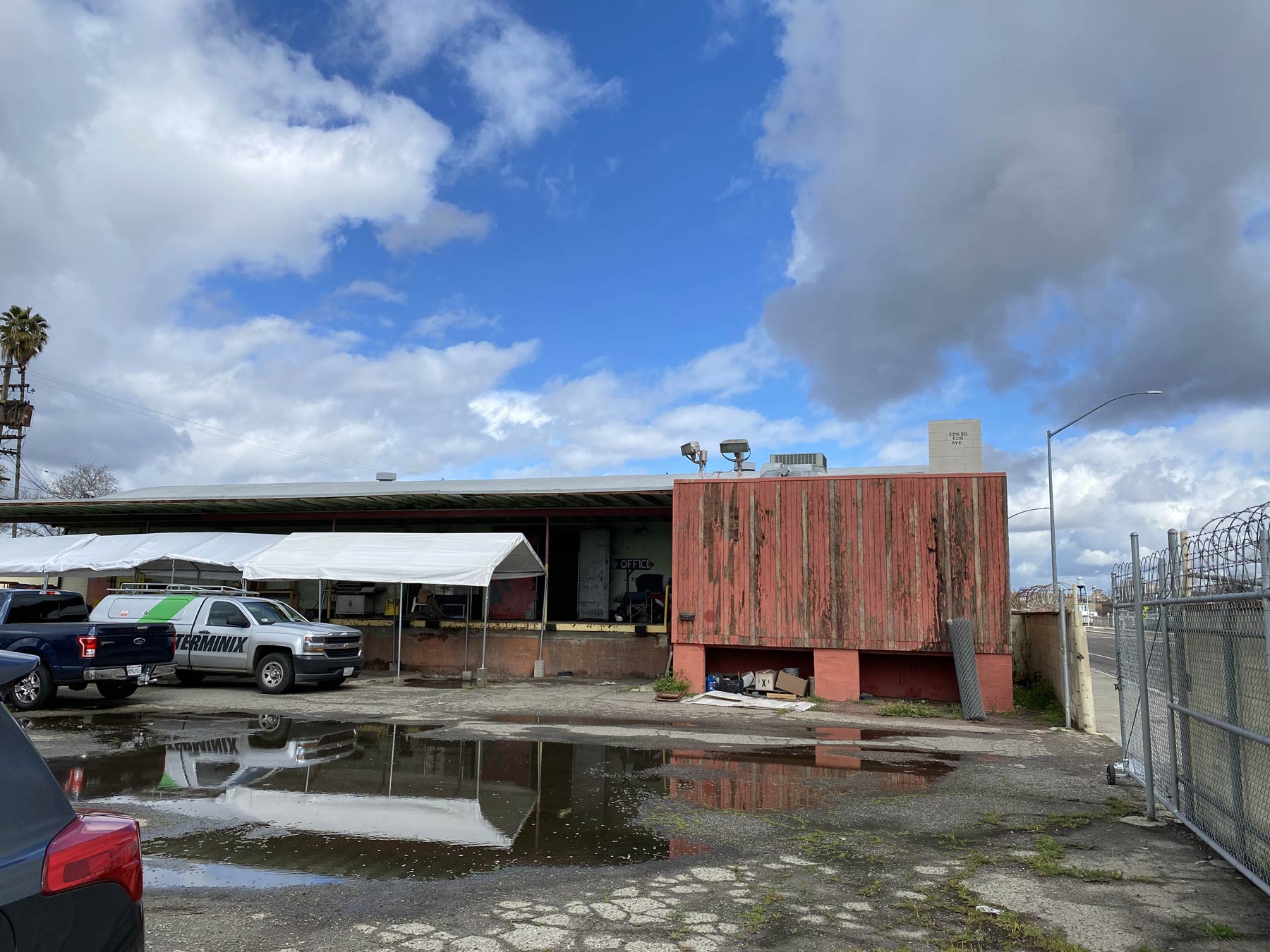
A Mission for Healthy Food
The St. Rest. Baptist Church has served Southwest Fresno for 80 years, and Fresno Metro Ministry has served the Central Valley as a 501(3)c nonprofit organization for 53 years. When Keith Bergthold paired up with Senior Pastor D.J. Criner and conceived of the St. Rest Food to Share Hub, the church was already in partnership with Terry Broussard of Broussard Associates, a local landscape architecture firm, to develop the masterplan for phased greenspace and other improvements to the St.Rest campus. Our own Paul Halajian of Paul Halajian Architects joined the efforts to design a Youth Learning Center that broke ground in June 2019. Through a California Transformative Climate Communities grant that Keith connected to St. Rest, a healthy food center was proposed that would build on the relationship of the church’s Food Ministry, spear-headed by congregation members Bernice and Ron Wiley with Metro’s Food to Share program. The former Farmer John Meat Company Warehouse building, donated to the St. Rest Church in 2014, was to be the focus for healthy food recovery and distribution, along with offering cooking skills and nutrition education classes. The goal was to leverage renovated warehouse space for the logistics needed for citywide food access through Metro’s Food to Share program, and significantly enhance capacities for the St. Rest Church Food Ministry to serve the healthy food needs of surrounding community members. Refrigerators, freezers and a place for dry storage would be necessary, as well as a kitchen and training areas. Considering the existing 5 cargo vans and nearly 49 food partners Fresno Metro Ministry and St. Rest were already operating with food recovery and redistribution, a centralized hub that mutually benefited both organizations was vital to the shared mission.
The St.Rest Food to Share Hub, located at 2316 S. Elm Avenue, began as a passion-driven project between a church, a nonprofit partner, contractors, PHA, and others. The original vision utilized the space of the donated 6,000 square foot warehouse for everything under one roof, but the team quickly realized two buildings would be necessary. The warehouse would serve as food storage and house the logistics management, including distribution with the existing loading dock and wide open space. A second building would need to be constructed, in close proximity to the warehouse, to house a commercial-grade, healthy community kitchen, classroom and training spaces, and service offices for the community. Many grant and donation sources would be critical to permitting a project of this size and scope to avoid negatively impacting the finances of the partnering organizations, and to create a debt-free asset for the community.

Early on, challenges were everywhere: along with funding stresses and fundraising efforts, inside the original building, mold and asbestos were detected early. The warehouse required structural remediation, and upgrades to address code requirements for food storage. The existing driveway made access to the small site nearly impossible. Congestion of the job site, with multiple subcontractors and creating ADA accessibility, were just a few of the early struggles the PHA team mitigated. The PHA team found that the condition of the original building was not only worse than anticipated, but the building lacked structural integrity in several ways. Even though the warehouse building was in poor condition prior to construction beginning, the St. Rest Food Ministry and Food to Share Program faithfully continued to provide critical food to the community.
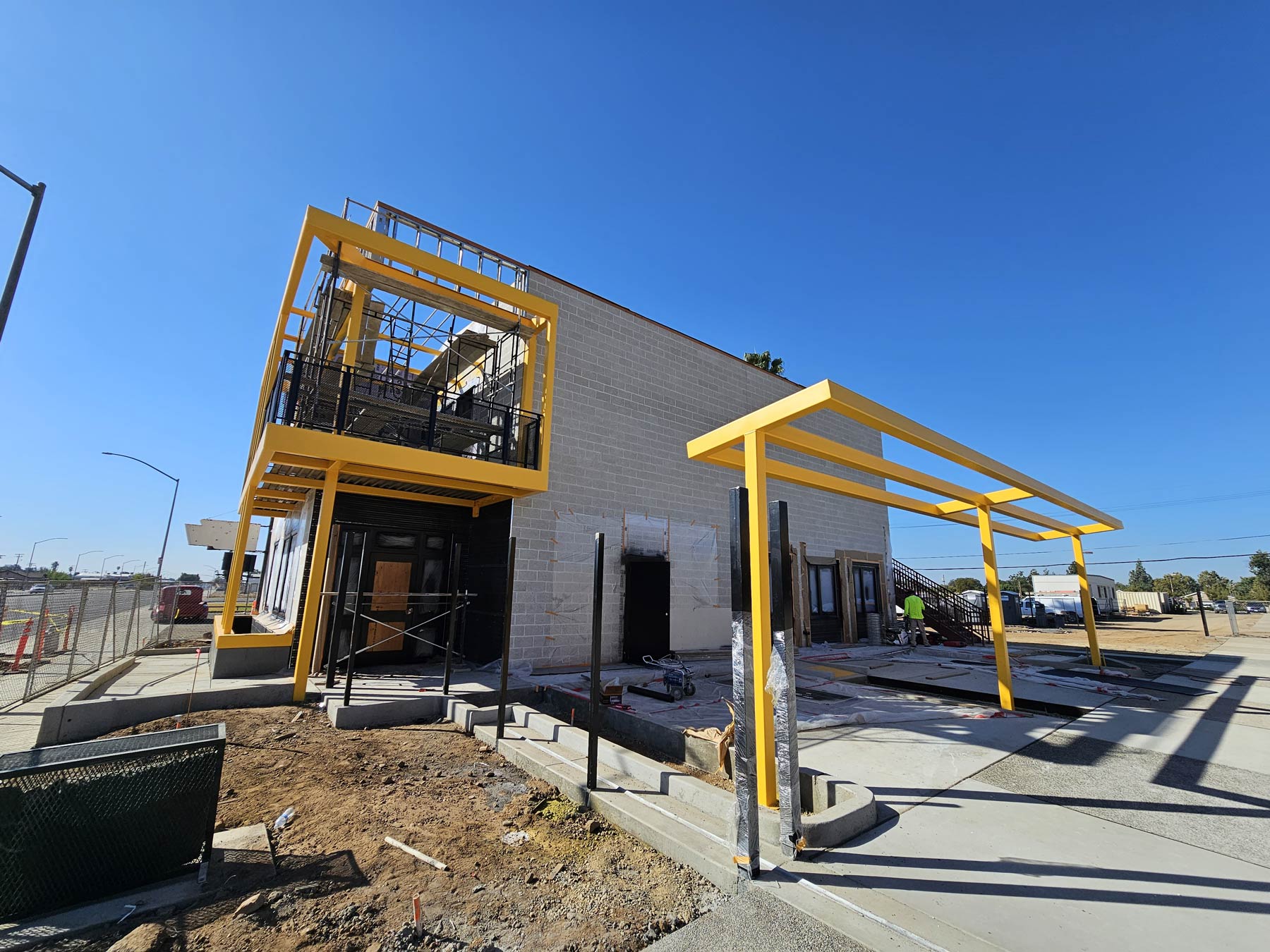
The Solution
The future of the facilities on Elm Avenue will be multi-functional: with healthy food recovery, distribution, cooking skills and nutrition education classes, and support for local food entrepreneurs. It will provide a clean, bright, and well-thought-out space intended to welcome the community into this valued, but underserved neighborhood. Outside, two vibrant yellow steel canopy elements articulate both the Warehouse and the New Building. These canopy structures provide shade at landscape planters and provide a place to gather and contribute to a cohesive campus atmosphere across the site. Subtle details such as the color and type of concrete masonry units selected for both the old and new building help reinforce the “yin / yang ” connectivity of these two quite different buildings.
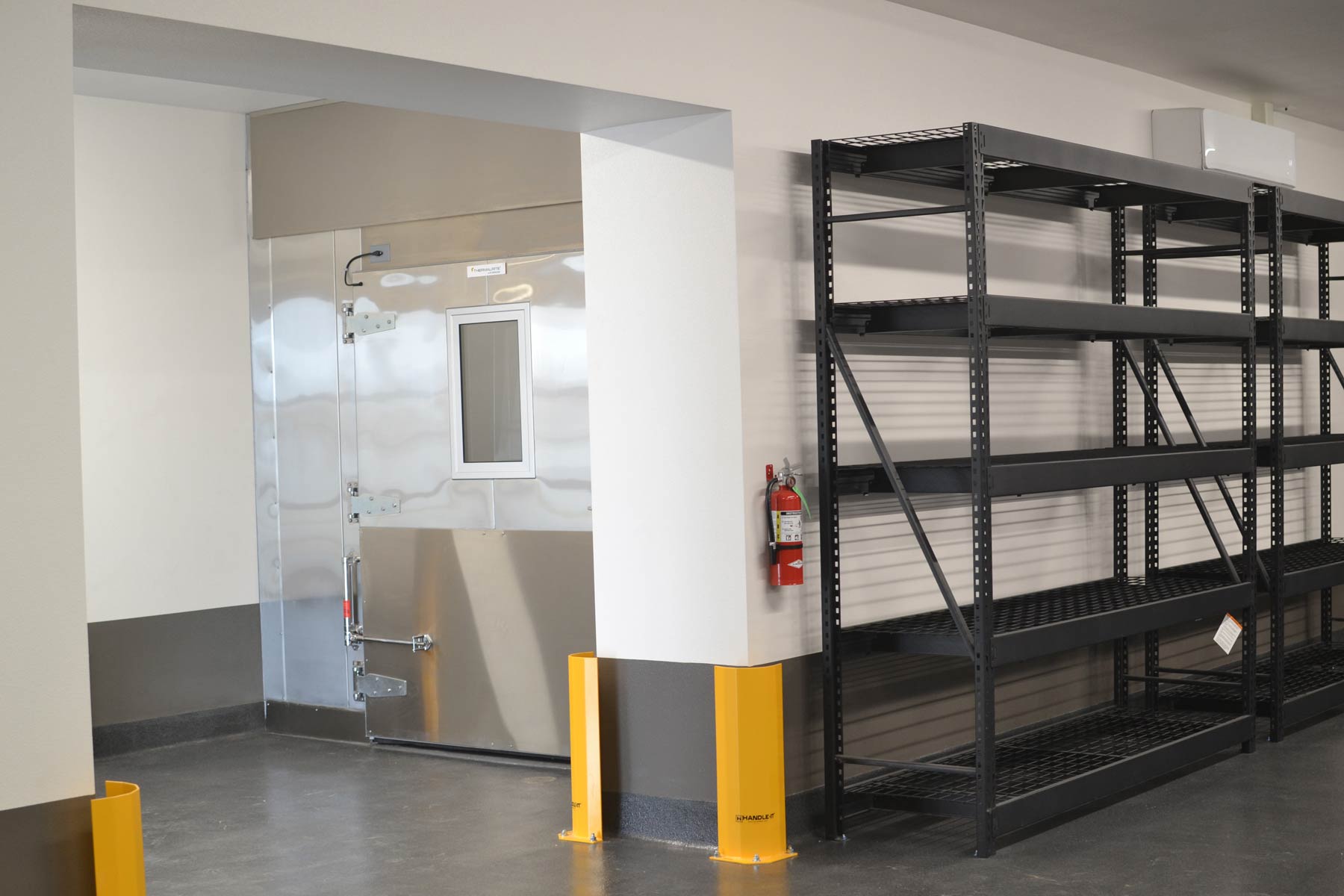
In lieu of standard asphalt paving for driveways and parking areas, light colored concrete was used to reduce the heat island impact on the St. Rest Food to Share Hub to reduce negative impacts on the environment and create a more pleasant setting. Reducing greenhouse gasses is a byproduct of the project: food recovery significantly reduces landfill methane emissions and people in the community will no longer have to travel so many miles to get healthy food, wasting gas and contributing to air pollution. Putting healthy food back into the community of this area previously deemed a food desert further reduces greenhouse gas emissions by bringing the food resources back into the neighborhood’s heart. Currently, the project construction is 70% complete, with a projected completion date in Spring 2024.
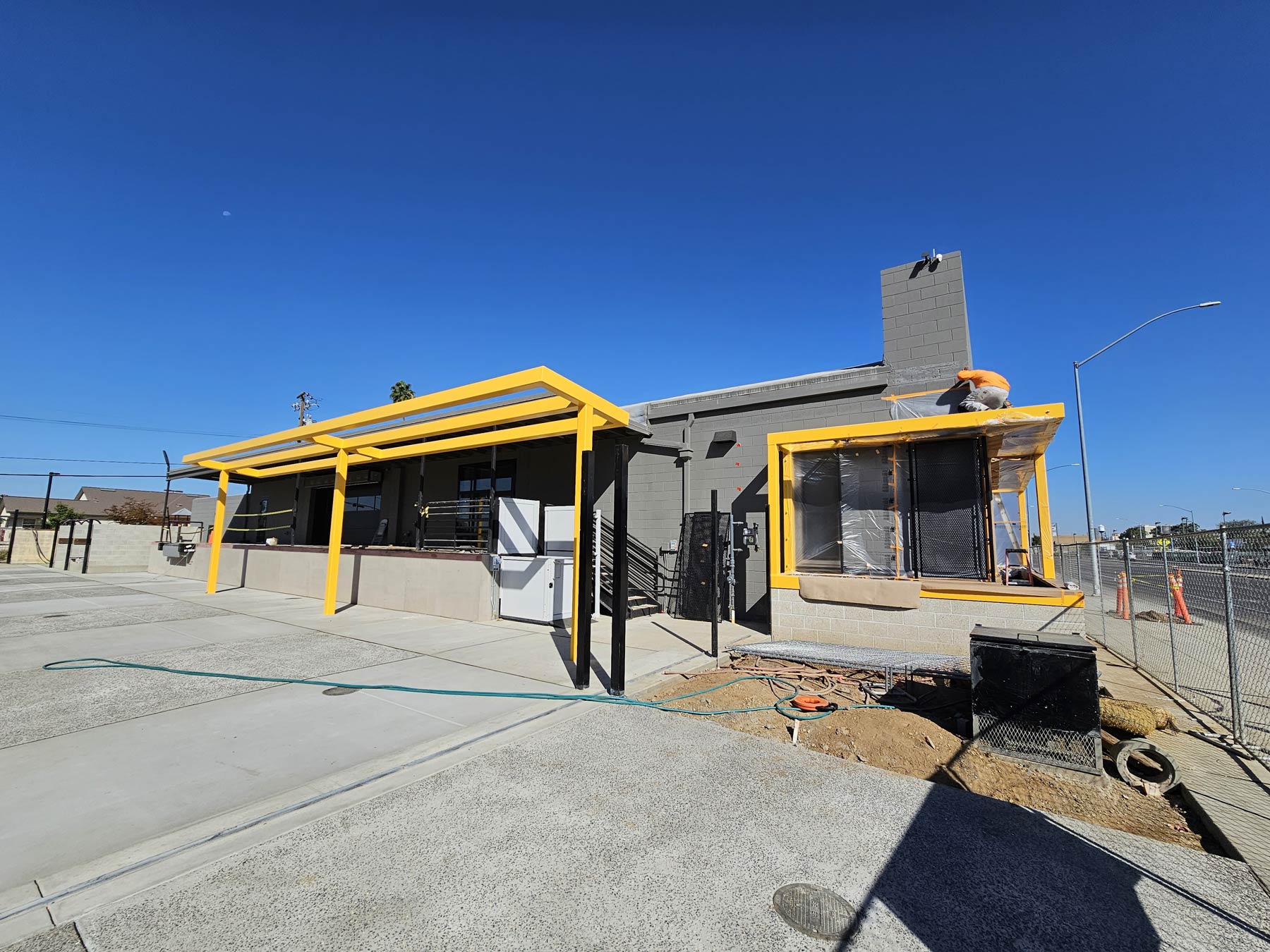
A few modest moves by individuals with a mind for change can make a significant impact. The St. Rest Food to Share Hub on Elm Avenue in Southwest Fresno will become a place that supports access, education and food entrepreneurs, that people from all over the Valley will visit, and that will serve as a model for other communities in areas experiencing food insecurity all over the nation. Substantial changes can be made, and it starts with community as the center of focus.
